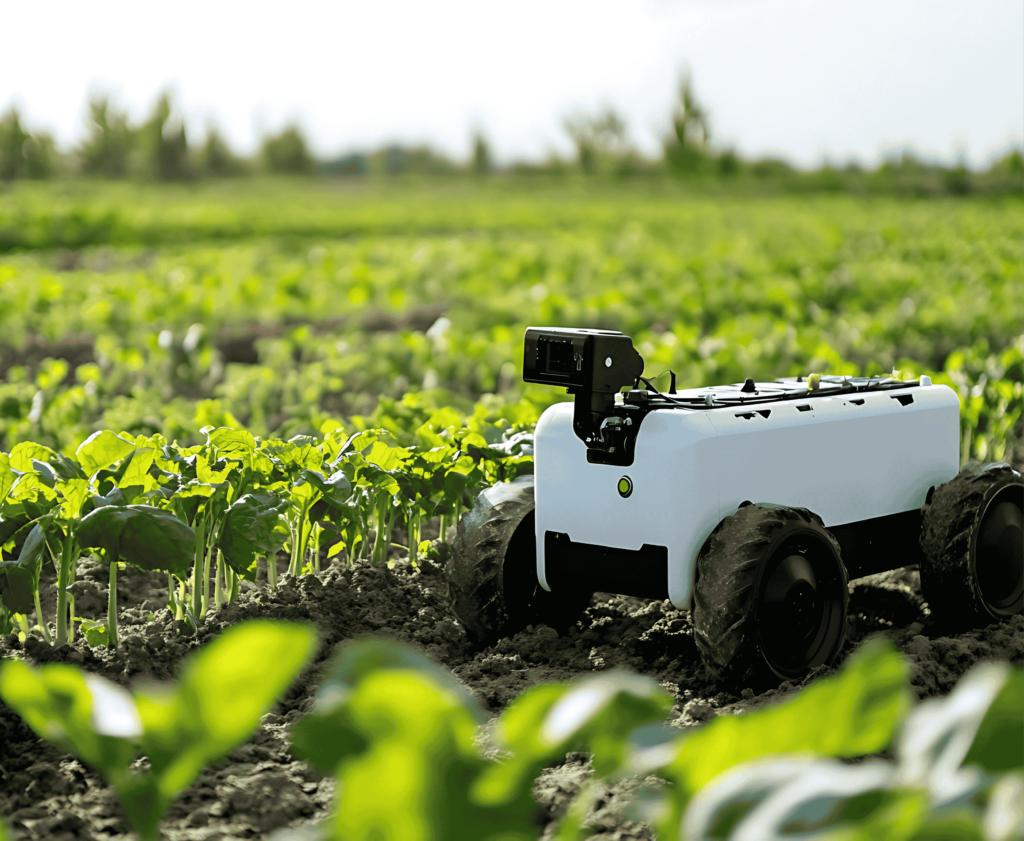Event Title
DataDiva Bootcamp 2.0: Farm-to-Plate AI – Enhance Freshness & Reduce Waste with Robotics and Computer Vision
About the Event
Nigeria loses nearly half of its fresh produce before it reaches consumers — a challenge that demands smart, tech-driven solutions. DataDiva Bootcamp 2.0 empowers women to harness the power of AI, robotics, and computer vision to build innovative solutions that detect food quality, extend shelf life, and reduce waste from farm to plate.

This hands-on bootcamp combines practical training, expert mentorship, and real-world problem solving to equip participants with the tools to create impact in agriculture and food systems.
What You’ll Learn
- Basics of computer vision and AI model development for food quality detection
- Introduction to robotics systems for sorting and handling produce
- Data collection and analysis for freshness tracking and waste reduction
- Real-world applications of AI in agriculture and sustainable food systems
- Team-based project development and presentation
Who Should Attend
- Women and young professionals passionate about AI, agritech, and sustainability
- Students, researchers, and developers eager to apply technology for social impact
- Entrepreneurs and innovators interested in smart farming and food systems
Why Attend
- Learn from industry experts and mentors
- Gain hands-on experience building real AI prototypes
- Network with a community of women driving agricultural innovation
- Earn a certificate of participation and join the DataDiva alumnae network
Event Details
📍 Location: [University of Lagos, Hybrid]
📅 Date: December [to be fixed soon]
🕒 Time: [to be fixed]
🎟️ Registration: Free
Organized by
Tech4Her Africa – DataDiva Initiative in partnership with WiDS [Women in Data Science Worldwide]
Empowering women through data, AI, and digital innovation to create sustainable impact across Africa.
Register for DataDiva 2.0: Click here!
Project Profile — Farm-to-Plate AI
Farm-to-Plate AI: Reducing Farm Post-Harvest Waste via Robotics & Computer Vision
Summary / Abstract
This project aims to design, prototype, and deploy an intelligent system combining robotics and computer vision to monitor, sort, and manage fresh produce along the supply chain—from harvest to retail. The goal is to maximize freshness, minimize spoilage, and optimize logistic decisions (e.g. routing, storage) using AI models and automated hardware.

Objectives
- Develop a computer vision model to detect quality and defects in produce (e.g. bruising, discoloration, rot).
- Integrate the vision model with a robotic sorting/handling mechanism (e.g. conveyor + robotic arm) to separate substandard items.
- Build predictive models to estimate time-to-spoilage under different environmental conditions (temp, humidity, gas composition).
- Use data analytics to optimize inventory, routing, and shelf-life extension decisions.
- Test the system in a pilot setting (farm, storage, market) and measure waste reduction, quality retention, and cost-benefits.
Scope / Deliverables
- Dataset: Collect images and sensor data (temperature, humidity, ethylene) across different produce types.
- Model Development: Train CV models (e.g. CNNs) for classification and defect detection; sensor-fusion predictive models.
- Hardware Integration: Prototype or simulate robotic sorting hardware.
- Software / Pipeline: Build end-to-end pipeline (capture → inference → actuation → logging).
- Dashboard / Visualization: Provide UI for stakeholders to monitor produce status, waste metrics, alerts.
- Pilot Deployment: Deploy in a real or simulated environment; collect feedback and performance metrics.
- Documentation & Report: Publish methodology, code, evaluation results, lessons, recommendations.
Technologies / Tools
- Computer Vision / Deep Learning: TensorFlow, PyTorch, OpenCV
- Embedded / Robotics: ROS, Arduino / Raspberry Pi / Jetson Nano, robotic arm kits
- Sensors: Temperature, humidity, gas sensors (e.g. ethylene), multispectral / RGB cameras
- Data Analytics & Backend: Python (Pandas, scikit-learn), databases (SQL / NoSQL)
- Interface / Dashboard: Web frameworks (Flask, Django, Dash), visualization libraries (Plotly, D3)
- Simulation / CAD / Control: Gazebo / Simulink / MATLAB (link with MathWorks)
Success Metrics / KPIs
- Waste reduction (kg or %) relative to baseline
- Shelf-life extension (average extra freshness days)
- Accuracy of defect detection (precision, recall, F1)
- Processing throughput (units per minute)
- Cost-benefit / ROI
- User / stakeholder satisfaction
Partners / Stakeholders
- Local farms / cooperatives
- Markets / retailers
- Agricultural extension services
- Universities / research labs
- Tech sponsors (sensor vendors, robotics kits, cloud providers)
Register for DataDiva 2.0: Click here!


